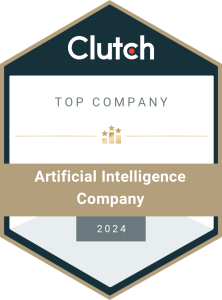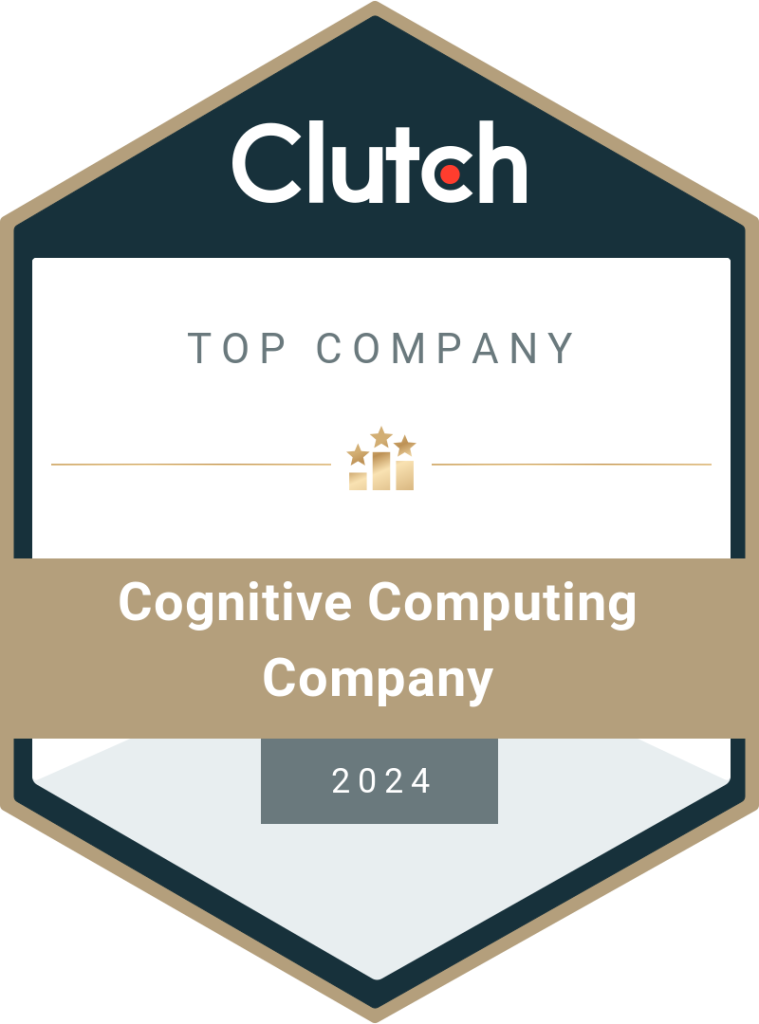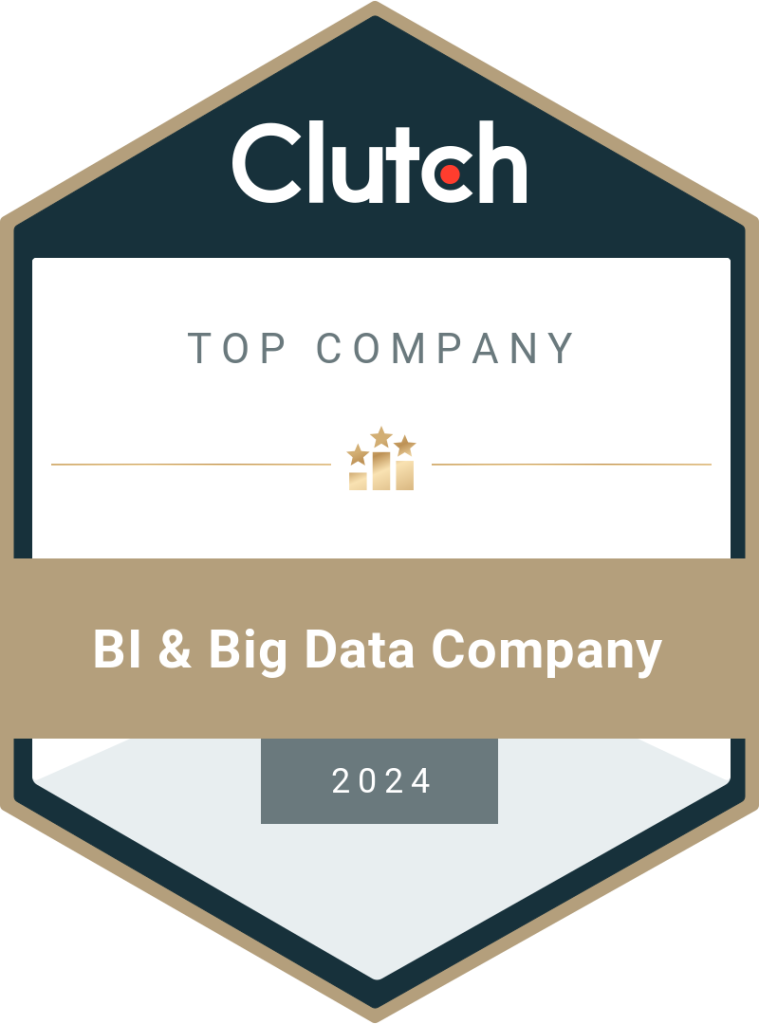AI Edge Computing Technology: Edge Computing and Its Future
After Industrialization in the 20th century, Digitalization is one hot topic and an ever-changing environment. From your smartwatches to Android-powered TVs and wonderful IoT applications. Out of all important aspects for emerging technologies, Data is one of the deciding factors. We now have dedicated teams and departments to utilize the Data, for the purpose of improvement, along with a massive amount of supported computing. What is Edge Computing? Imagine a number of machines, connected internally, sharing data, space and computing, now that’s simply Distributed Computing. Edge Computing, similar to Cloud Computing is built on the same Distributed Computing Architecture but differs largely when it brings Data Storage and Computing handy to the end-user. Edge Computing simply implements decentralization, making sure to abolish the need to send the data back and forth from user to centralized data storage. Processing and analyzing the user data is happening right where data is closest, at the end user. Why does Edge Computing Matters? There are always many reasons why any technology is introduced and implemented. Edge computing enables you to safeguard your sensitive data at the local level, by not sending every data part to centralized data storage. Latency is impressively reduced by not having to make roundtrips to the centralized data storage. Though Cloud and Edge Computing share their Distributed Computing Architecture, edge computing overcomes issues of Latency and bandwidth happening over cloud. Many of the operations happening will largely depend on the hardware capacity of the end-user device instead of centralized data systems. Also increases the chances of reaching out to remote or low network locations. Advantages of Edge Computing To begin with, Edge Computing has a great ability to enrich network performance. Latency in the network has been a major cause for delay and edge computing solves it with its architecture to provide data near the user. From a security perspective, it is a genuine concern that with making the network available to the user, it could be used as an easy entry point for attacks and malware insertions. But the Edge Computing architecture of Distributed Computing prevents such attacks, as it does not transfer data back and forth to the central storage or data center. And it is easier to implement various security protocols at the edge and not compromise the whole network. Most of the data and operations are performed on local devices. The need to establish private centralized data centers for collecting and storing data is a past concern now. With Edge Computing, companies can harness the storage and computing of various connected devices at low cost, resulting in immense computing power. As we understand that edge computing brings the enterprises or the solutions to the end-user, the opposite perspective will be that these large enterprises can easily reach their specific markets on the local level. With local data centers, chances of network crash or shut down are way reduced. With a number of local data centers, most of the problems can be detected and solved at the end-user level and the need to engage centralized systems will be not required. Industries Utilizing Edge Computing With every new technology in the market, many industries have their shares of benefits. Edge computing is set to help Customer Care Industry widely. There has been an impressive attempt to implement artificial Intelligence with customer support and voice assistants like Apple’s Siri and Google Home. Cisco, a company well known for its communication tools has begun experimenting with an edge on their cloud networks. IBM now offers you to combine your edge computing experience with WATSON. Other than that, IBM scientists are working on developing a technology to connect mobile devices without Cellular networks or Wi-Fi. Drones are being used for various purposes and edge technology can be used with drones for functions like visual search and image recognition, object tracking and detection. With AI, drones can be trained to function as human search psychology does in matters of identifying objects and faces. Industries will benefit from more and more computing devices being connected to IoT networks, which will help these industries in reaching wider networks, providing flexibility and reliable services. At DataToBiz, we have built custom digital solutions for businesses in various industries. The AI services that we offer not only help the organizations to scale but also have an ‘edge’ in their market. What could be AI’s role in Edge Computing? What is AI Edge Computing? To put it simply, AI on Edge Computing will have an incredible ability for AI Algorithms to be executed locally, on end-user devices. Most of the AI algorithms are largely based on neural networks which required a massive amount of computing power. Major companies manufacturing Central Processing Units (CPUs), Graphics Processing Units (GPUs) and many higher-end processors have pushed the limits and made AI for edge computing possible. These algorithms will function effectively with local data collected and stored. Another factor will be the requirement of training data for such algorithms, which is a lot smaller for edge computing devices. There have been subtle attempts to implement such AI models on edge computing, which results in impressive benefits to the enterprise as well as to the end-user. To Wrap It Up Edge computing has a wide scope and will be implemented for betterment with end-user as well as enterprise perspective. Along with AI, edge computing will attempt to push the traditional limits of edge and several factors like end-user privacy, data storage, security over usual data transmission, and latency will be improved. Edge Computing as a new approach has uncovered opportunities to implement fresh ways to store and process data. Edge computing has many stored-in answers for many enterprises for multiple problems and will be a real-time efficient solution. We at DataToBiz have been solving a few problems with Jetson Nano, Raspberry Pi, Android Devices & a few other AI edge developer kits. Talk to our AI developer today who will understand your business hurdles and will come up with the ideal solution
Read More





